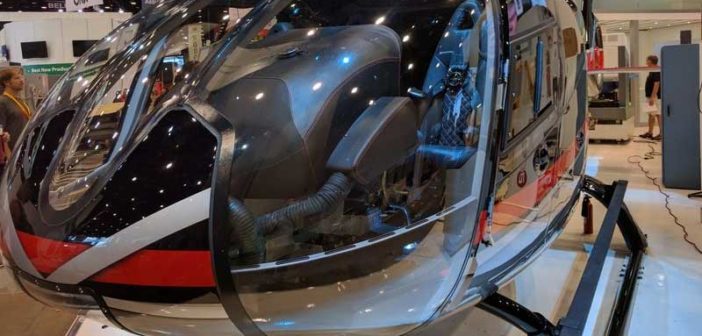While American manufacturing overall experienced stagnated growth in 2016, certain areas of transportation equipment manufacturing fared slightly better. Though the strength of the U.S. dollar and a decrease in capital spending negatively affected some sectors, others saw reassuring growth thanks to credit availability, increased consumer spending, and favorable gas prices. In today’s article, we take a closer look at the state of the transportation equipment manufacturing industry over the past year, along with important market trends to expect in 2017:
Sectors dependent on exports will continue to suffer.
In 2016, we saw the dollar rise in foreign exchange markets. As a result, the cost of U.S. parts and equipment became prohibitively expensive for many foreign buyers and export markets fell. For example, while motor vehicles and parts imports were up 6%, exports fell 3%, creating a sizable deficit in the industry. In 2017, the growth of manufacturing sectors that rely heavily on exports – such as transportation equipment – will continue to feel the impact of the strong U.S. dollar.
Reductions in capital spending will negatively impact some manufacturers.
Though consumer spending is up, businesses are making substantial cuts across the board. When they do invest, it tends to be in equipment that is designed to replace workers and save money and resources – which doesn’t include transportation equipment. For example, heavy-duty truck production is directly tied to capital spending trends, and the sector is projected to decline 10% in 2017.
Consumers will continue to drive motor vehicle production growth.
Motor vehicle production has benefited immensely over the past couple of years, thanks to low gas prices, strong employment and increased credit availability. Because all of these factors encourage consumers to purchase new vehicles, this portion of the industry will continue to grow steadily throughout 2017.
Important next steps for transportation equipment manufacturers in 2017.
Whether an organization’s sector is projected to grow, decline or remain steady in 2017, important changes can be implemented in advance to either support the expected growth or compensate for a loss. For example, one terrific improvement that can benefit organizations across industries is to integrate a portable coordinate measuring arm into the existing pipeline to help perform CAD analysis, 3D inspections and reverse engineering initiatives more efficiently. Not only can this increase the plant’s productivity, but it can also preserve profits,
reduce defects and detect gaps in the process, ultimately helping to ensure the organization’s continued success — regardless of the health of the sector overall.
SOURCES:
https://www.mapi.net/forecasts-data/us-industrial-outlook-manufacturing-production-growth-disappointingly-slow
https://www.mapi.net/forecasts-data/us-industrial-outlook-manufacturing-still-recovering















